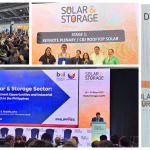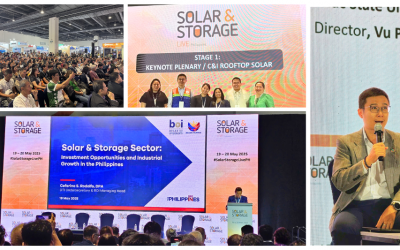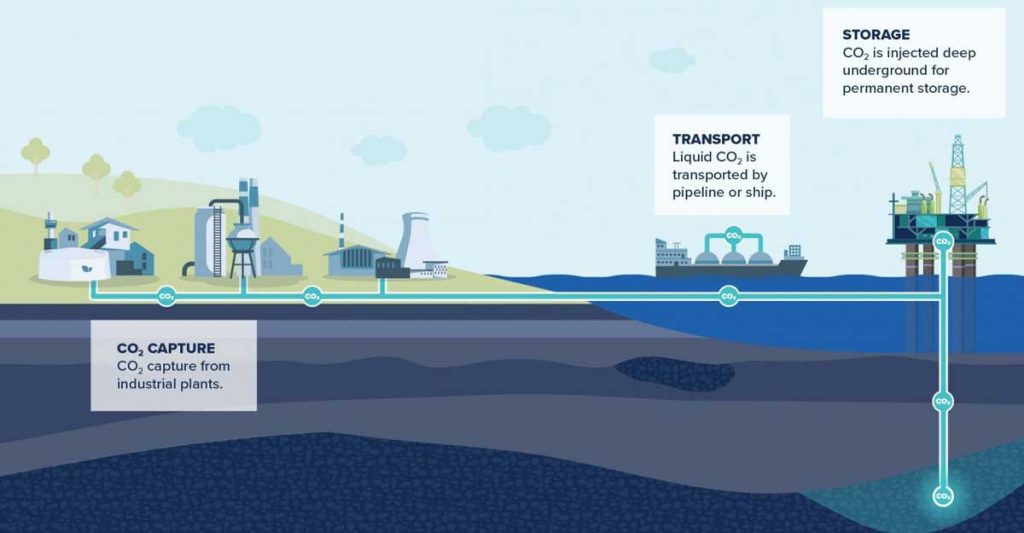
International experts recognize Carbon Capture and Storage (CCS) technology as a critical intermediate and long-term solution to achieve net-zero emissions.
>What is carbon capture and storage?
Carbon Capture and Storage (CCS) is a process that captures carbon dioxide (CO2) emissions from various sources and transports them to safe, long-term storage locations, such as deep geological formations underground or under the seabed,…
The process of CCS
The CCS process involves three main steps: Capture, transportation, and carbon storage.
Capturing CO2
This is the process of separating CO2 from other components of an emissions stream from a specific emission source. Capturing CO2 after burning fuel is now the most extensively utilized solution. To extract CO2, the emissions will be passed via a chemical solvent.
In a separation device, the CO2 is separated from the solvent, resulting in a stream of pure CO2 that may be stored. The remaining gas (after separation of CO2) will be released into the atmosphere. Using existing solvents and technologies, post-combustion CO2 capture devices may remove more than 90% of CO2 emissions.
There are technology for pre-combustion CO2 capture (also known as hydrocarbon separation technology) and CO2 capture during fuel combustion utilizing pure oxyfuel in addition to post-combustion CO2 capture technology.
Transporting CO2
CO2 is compressed or liquefied after it has been separated from other components in the emissions stream for easier transportation. CO2 is now often transported by pipelines, ships (for large distances), or trucks and trains (for lesser amounts of CO2).
Storing CO2
CO2 will be transported to a suitable places where it will be permanently stored. Underground storage site include deep saline aquifers, depleted oil and gas reservoirs, salt layers or caverns, and unmineable coal seams.CO2 may be used for commercial purposes as part of the value chain in addition to permanent storage. CCS is referred to as CCUS (Carbon Capture, Utilization, and Storage) in this case.
It may, for example, be used to enhance oil recovery (EOR) by injecting CO2 into nearly depleted oil reservoirs to increase production. Another use is in biomass processes that utilize CO2 in combination with bioenergy, which is known as Bioenergy with CCS (BECCS).
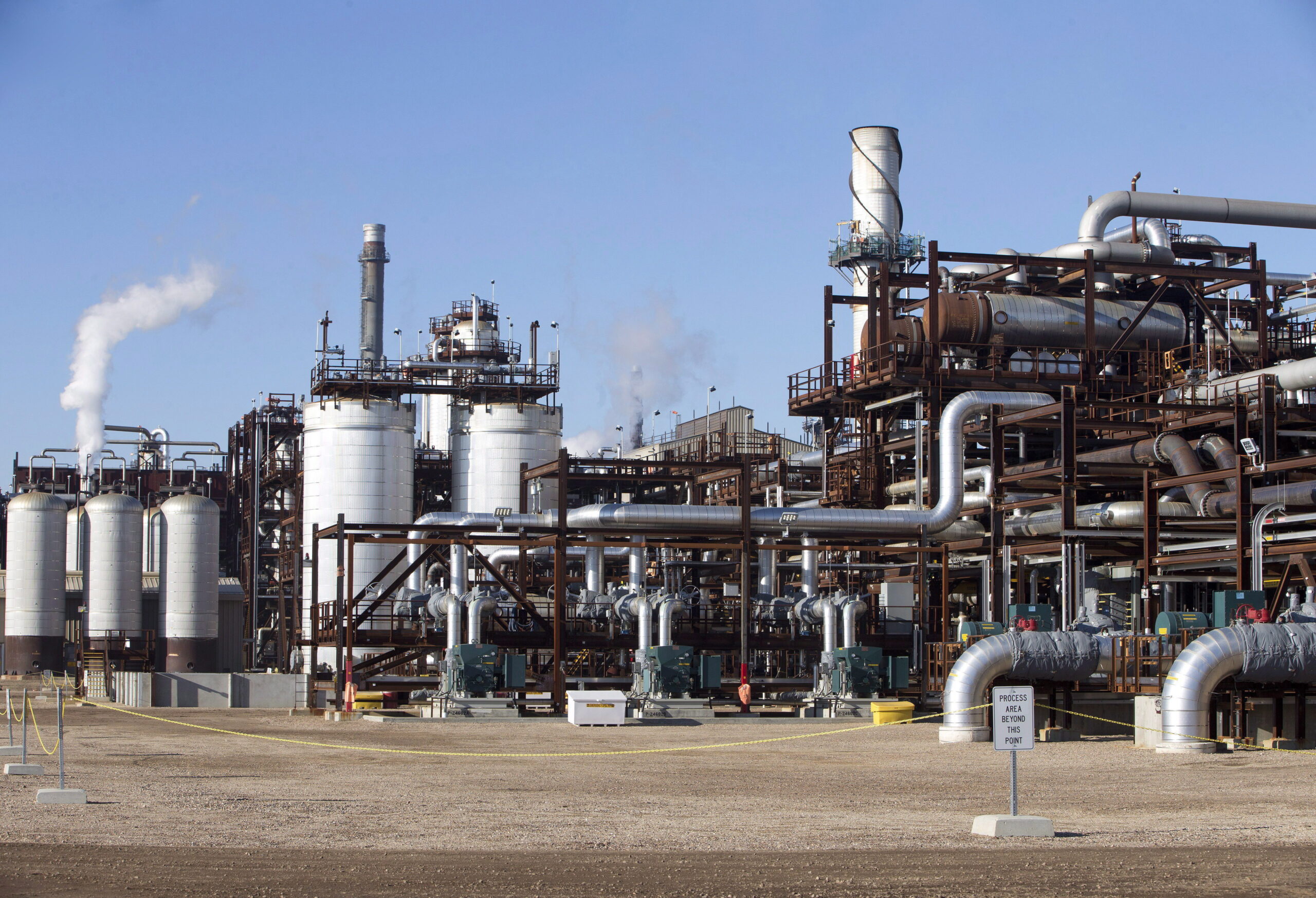 Carbon capture and storage facility, Quest, in Fort Saskatchewan, Alta (Photo: The Canadian Press)
Carbon capture and storage facility, Quest, in Fort Saskatchewan, Alta (Photo: The Canadian Press)
CCS and the journey to net zero
CCS is considered the third motivation on the Net Zero journey, after energy efficiency and renewable energy development. According to the International Energy Agency’s (IEA) report “Net Zero by 2050: A Roadmap for the Global Energy Sector” published in 2021, the amount of CO2 captured and storage is projected to increase gradually over the next five years, beginning in 2020 with 40 million tons per year.
By 2030, approximately 1.6 billion tons of CO2 will need to be captured annually, and by 2050, this number is expected to increase to 7.6 billion tons. 95% of the captured CO2 will be stored permanently and 5% used for the production of synthetic fuels.
The future of CCS
The quantity of CCS projects is showing a growing trend. According to Global CCS Institute’s statistics, there are 194 CCS/CCUS projects globally as of September 2022, a 44% increase from September 2021.
Since 2021, the United States has established 34 new CCS projects, followed by Canada (19) and the United Kingdom (13). There are currently thirty operational CCS projects with a total capacity of approximately 42.58 million tons of CO2 per year, developed primarily on land for enhanced oil recovery.
In addition, 11 CCS projects are currently under construction and 153 are in development. Global oil and gas companies own the majority of these CCS projects. Exxon Mobil is one of the leading companies in this technology and possesses roughly one-fifth of the global CO2 capture capacity.
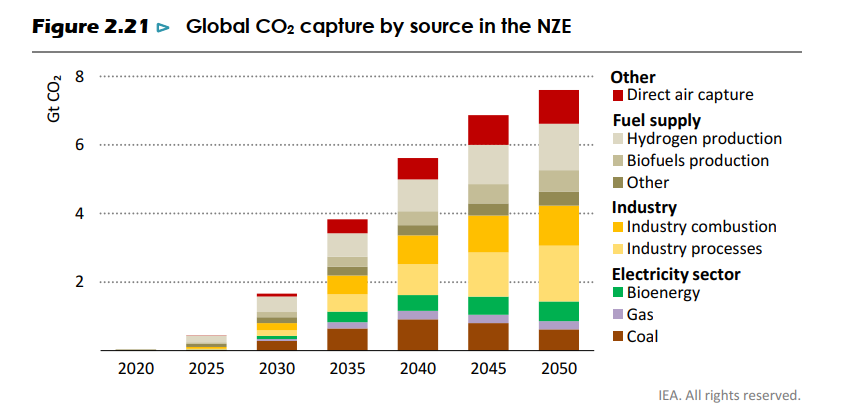 Global CO2 capture sources on the Net Zero 2050 roadmap (Source: IEA)
Global CO2 capture sources on the Net Zero 2050 roadmap (Source: IEA)
In March 2023, Denmark inaugurated the Greensand project, a CO2 storage initiative located 1,800 meters below the North Sea, becoming the first nation in the world to bury imported CO2 emissions. The project’s testing phase will commence at the end of 2022, to store 8 million tons of CO2 annually by 2030.
Many governments worldwide favor CCS and have issued encouraging policies that allow such projects to be implemented via non-repayable grants, operating subsidies, and carbon pricing. The CCUS Infrastructure Fund in the United Kingdom and the Innovation Fund in the European Union are notable examples, as are operational subsidies based on carbon-based tax credits for captured, stored, and used CO2, such as the 45Q and 48A tax credits in the United States.
Challenges and considerations for CCS
Although CCS has been recognized as one of the solutions for reducing greenhouse gas emissions, some countries have issued warnings that such technologies cannot substitute the urgent need to significantly reduce the use of fossil fuels and countries limiting their usage of these types of fuels.
On July 14, 2023, the European Union (EU) and 17 other countries issued a joint warning. These countries emphasize that emission-reduction technologies, such as CCS, should be seen as a foundation for steps toward ending the use of fossil fuels, with CCS having only a minimal role in reducing CO2 emissions in the energy sector.
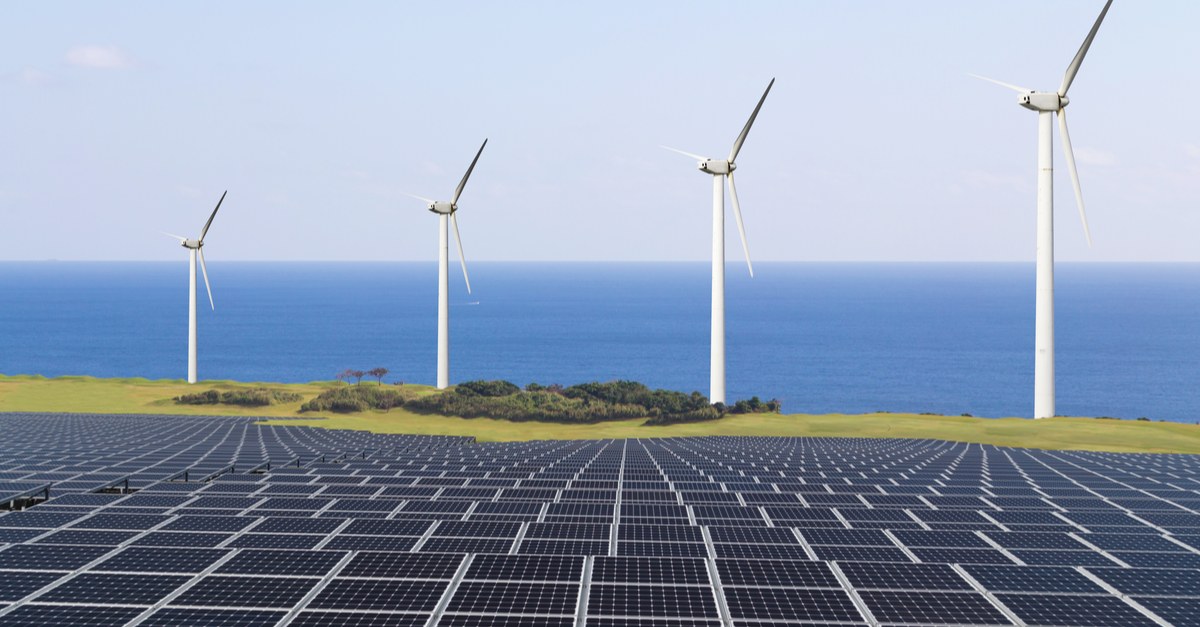 The development of renewable energy remains the primary impetus in the Net Zero journey (Illustration: Internet).
The development of renewable energy remains the primary impetus in the Net Zero journey (Illustration: Internet).
Many experts also believe that CCS should not be seen as the only solution to carbon removal, particularly in industries that rely heavily on fossil fuels. It is a bridge solution for carbon reduction in specific industries where low-emission alternatives need a longer implementation period, such as cement production.
Furthermore, the development of CCS confronts various other challenges, including a lack of globally coordinated policies to foster CCS adoption, high capital costs, and a lack of financial incentives to encourage investment. There are also various perspectives on the risks associated with underground CO2 storage.
There is no one solution to comprehensively climate change issues. As a result, in addition to the core impetus of increasing renewable energy production and improving energy efficiency, solutions such as CCS for carbon capture and storage will be part of the overall picture for reducing emissions and achieving Net Zero globally.
Vu Phong Energy Group
Read more:

